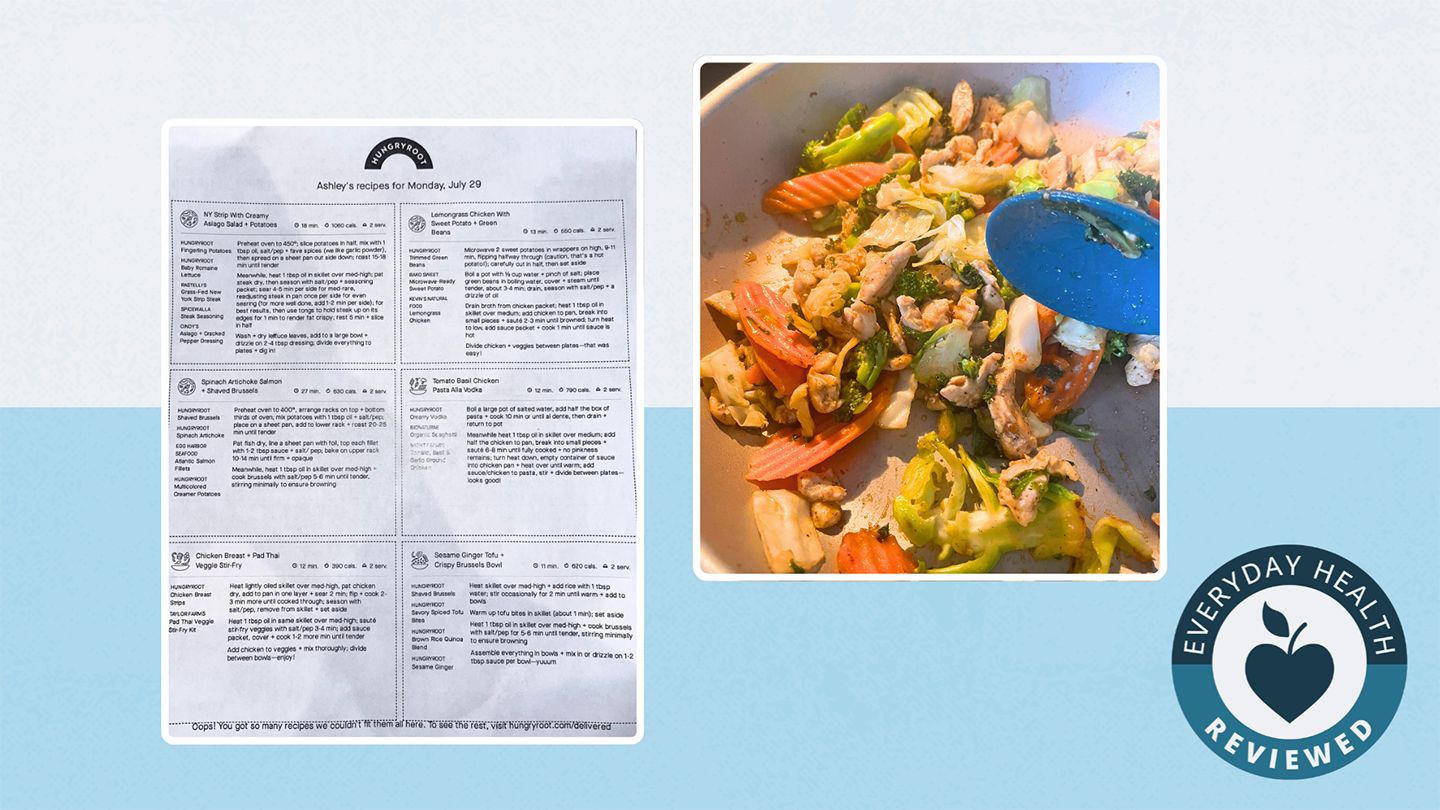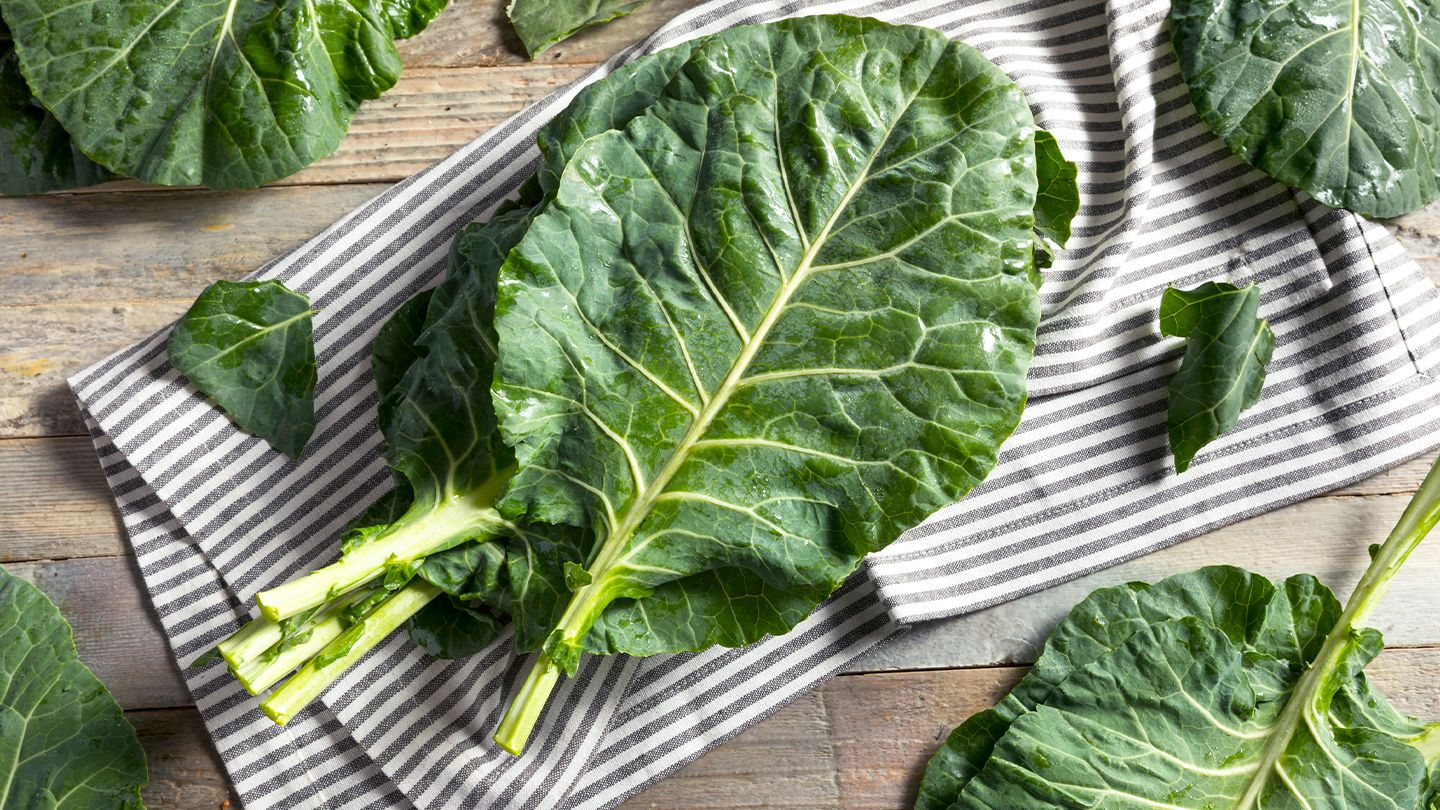Converting 1 Tbsp of Honey to Grams
When following recipes, it's common to need to convert between tablespoons (tbsp) and grams when measuring out ingredients. Since honey thickness and density can vary, it's useful to know an approximate conversion for substituting 1 tbsp of honey with grams.
This article covers everything you need to know about measuring out 1 tbsp of honey in grams. We'll look at the average weight of 1 tbsp honey, metric conversions, how to measure honey accurately, and how honey thickness and types affect weight.
Why Convert 1 Tbsp Honey to Grams?
There are several reasons you may want to convert tablespoons of honey into grams or vice versa:
- Recipes specify honey amount in different units.
- Weighing honey is often more accurate than using spoons.
- Gram amounts allow more precision than spoons.
- International recipes use metric weights.
- Diet tracking apps may require gram or ounce amounts.
- Comparing calories and nutrients per gram vs tablespoon.
Understanding approximately how many grams are in a tablespoon of honey allows you to adjust recipes and portions as needed.
Average Weight of 1 Tbsp Honey
The approximate weight of 1 tablespoon of honey is:
- 21 grams
- 0.74 ounces
However, the exact grams in a tablespoon of honey can vary between 18-23 grams due to differences in thickness, moisture content, and type of honey.
Metric Conversions for 1 Tbsp Honey
Here are some common metric conversions for 1 tablespoon of honey:
- 1 tbsp = 21 grams
- 2 tbsp = 42 grams
- 3 tbsp = 63 grams
- 4 tbsp (1/4 cup) = 84 grams
- 5 tbsp = 105 grams
- 6 tbsp = 126 grams
- 8 tbsp (1/2 cup) = 168 grams
- 1 cup = 336 grams
You can see the gram amounts increase by about 21 grams for each added tablespoon. This makes it easy to quickly estimate honey grams for larger volumes.
How to Measure 1 Tbsp Honey Accurately
For the most accuracy, you should weigh honey directly instead of using spoon conversions. However, you can also improve tablespoon accuracy by:
- Use a proper measuring spoon - don't estimate with regular spoons.
- Level off the tablespoon without packing or heaping.
- Use smooth, liquid honey - crystallized honey affects volume.
- Measure vertically over the container to catch drips.
- Weigh your tablespoon on a digital kitchen scale periodically to check.
With thick honeys, it's always best to weigh for baking recipes and other cases requiring precision. For casual everyday use, using proper measuring spoons for tablespoons can be reasonably accurate.
How Honey Thickness Impacts Weight
Thickness and crystallization affect the weight-to-volume ratio of honey. Thinner, liquid honeys will be closer to 21 grams per tbsp. But thicker honeys have more weight per tablespoon - up to 23 grams.
Likewise, crystallized honey weighs more per tablespoon compared to its liquid form. If substituting spoon measurements for grams in recipes, be aware of thickness.
Different Types of Honey and Their Weights
The source nectar affects honey thickness and therefore grams per tablespoon. Here are some common honey varieties and their typical weights:
Clover Honey
Popular clover honey ranges 19-22 grams per tablespoon when liquid.
Wildflower Honey
Multi-floral wildflower honey weighs 20-23 grams per tablespoon on average.
Orange Blossom Honey
This thick, sweet honey comes in around 22-24 grams per tablespoon.
Buckwheat Honey
The dark color and strong flavor corresponds to a thicker texture of 22-25 grams per tablespoon.
Manuka Honey
This medicinal honey from New Zealand weighs 21-23 grams per tablespoon typically.
Sourwood Honey
The high moisture content of sourwood honey puts it around 19-21 grams per tablespoon when liquid.
Does Honey Nutrition Change with Weight?
Honey's calories and nutrition information stays the same regardless of weight. Heavy, thick honey still provides the same:
- 64 calories per tablespoon
- 17 grams sugar per tablespoon
- Trace amounts of vitamins and minerals
The weight only affects volume measurements. 1 tablespoon of honey always contains 64 calories and 17 grams of carbs, whether thick or thin.
Using Honey Weight in Recipes and Diet Tracking
Substituting Spoon Measurements for Grams in Recipes
When following or adjusting recipes, you can substitute 1 tablespoon honey for 21 grams. However, keep thickness in mind:
- For liquid honey, use 18-21 grams per tablespoon.
- For thick or crystallized honey, use 21-23 grams per tablespoon.
For precision baking recipes, always weigh thicker honeys directly rather than volume substituting.
Tracking Calories and Nutrition in Apps
Many food tracking apps and fitness calculators allow inputting honey amounts in grams, tablespoons, or cups/mL. Be consistent within each app, using either:
- Grams
- Tablespoons
- Cups or milliliters
For simplicity, inputting grams is usually easiest. Just remember that every 21 grams of honey equals 1 tablespoon (or 64 calories).
Comparing Honey Nutrition by Gram vs Tablespoon
To compare honey nutrition between different sizes:
- 1 tablespoon = 21 grams
- 1 tbsp honey has 64 calories
- 21 grams honey has 64 calories
- So 1 gram honey roughly equals 3 calories
Regardless of the weight, the ratio of calories and nutrients remains constant for a given volume of honey.
Cost Savings by Buying Honey in Grams
Buying honey by the gram instead of pound or fluid ounce allows you to precisely measure how much you need. This prevents overpaying for excess unused honey. You can calculate the best bulk honey cost-savings using gram weights.
Tips for Measuring Honey Accurately
Here are some summary tips for getting accurate honey measurements in grams and tablespoons:
- Weigh honey directly for recipes needing precision.
- Use proper measuring spoons for volume accuracy.
- Level off spoons smoothly without packing or heaping.
- Factor thickness into gram substitutions - thick honey weighs more.
- Check weights periodically by spooning onto a kitchen scale.
- Choose liquid honey for measuring - crystallized honey may clump.
- Measure vertically over the container to catch drips.
Understanding the average tablespoon-to-gram conversion for honey allows you to adjust recipes and portion sizes as needed. With a good scale and proper technique, you can measure honey amounts with confidence.
Disclaimer: This article is for informational purposes only and does not constitute medical advice. Always consult with a healthcare professional before starting any new treatment regimen.
Related Coverage
Mozzarella makes the perfect keto-friendly pasta substitute. Learn how to make creamy, delicious mozzarella ravioli with a variety of fillings for a low-carb meal....
One ounce of cheddar cheese contains 113 calories, 9 grams of fat, and 7 grams of protein. Learn how cheddar cheese fits into a keto diet and the difference between sharp and mild cheddar....
With its high sugar content, honey is not the best choice for keto. But in moderation, raw honey may offer some benefits for a low-carb lifestyle....
Looking for the top low carb and keto cookbooks for 2023? Discover our picks for the best keto diet books for beginners, including meal plans and visual recipes....
A slice of American cheese contains around 80-90 calories and 6-8 grams of fat. Read on for a full nutrition breakdown and tips for lightening up cheesy dishes....
Choose the most keto-friendly high fat, low carb cheeses like cheddar, Parmesan, blue and mozzarella when limiting carbs, and avoid cottage cheese, ricotta and shredded mixes....
Insulin is an absolute necessity for people with type 1 diabetes, not an option. Increased awareness and support for affordability, accessibility and dietary needs....
Asiago cheese offers protein, calcium, zinc, vitamin A, and other nutrients. In moderation, it may improve bone strength, immunity, skin health, and satiety....
Collard greens are low carb and keto-friendly. Learn about the benefits of collard greens on keto, their nutrition facts, how to prepare them, and potential downsides....
Cottage cheese can fit into a ketogenic diet in moderation. This in-depth guide covers cottage cheese nutrition, benefits for keto, drawbacks, proper portioning, and healthy substitutes....









